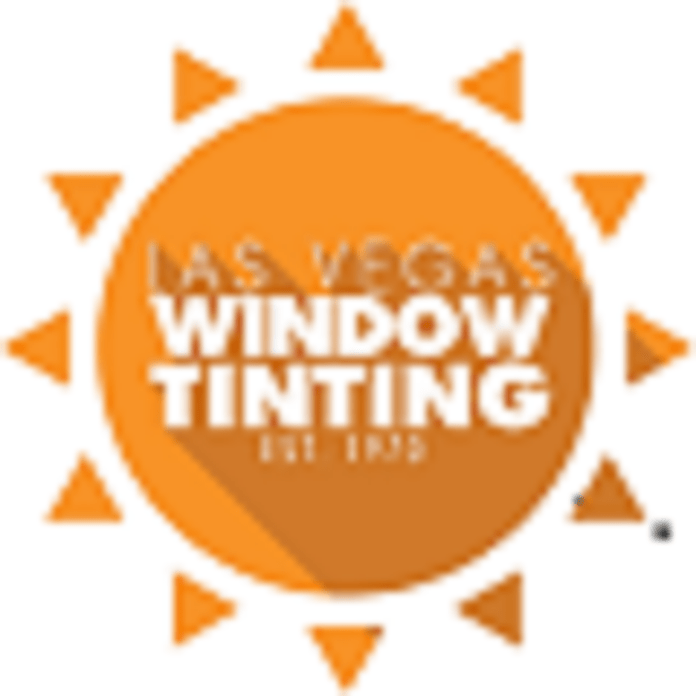Introduction:
Window tinting is a popular vehicle personalization option that offers numerous benefits, including increased privacy, less glare, and protection from harmful UV rays. However, it is essential to be aware of and comply with your state’s specific window tinting laws to ensure compliance and avoid potential penalties. In this guest post, we will explore Nevada’s window tinting laws and provide you with the information you need to make informed decisions about window tinting for your vehicle.
Understanding Nevada window tinting laws:
Nevada has established clear guidelines regarding allowable levels of window tint for different types of vehicles. The laws primarily focus on regulating the darkness of the tint and the percentage of visible light transmission (VLT), which refers to the amount of light that is allowed to pass through the window. These guidelines ensure that drivers have a clear, unobstructed view of the road while still being able to enjoy the benefits of window tinting.
Here are the key regulations to consider when it comes to window tinting in Nevada:
Windshield: Non-reflective tint is permitted on the top six inches of the windshield. However, it is essential to note that reflective or mirror tints are strictly prohibited on the windshield.
Front side windows: Front side windows must allow more than 35% light through (VLT 35% or more). This means that the tint applied to these windows must not be too dark, ensuring visibility for both the driver and law enforcement officers.
Rear Side Windows and Rear Window – Unlike the front side windows, there are no specific restrictions on the darkness of the tint applied to the rear side windows and rear window. However, it is recommended to maintain a VLT of 35% or higher to ensure optimal visibility, especially when driving at night.
Benefits of complying with window tinting laws:
Enhanced Safety – By adhering to window tinting laws, you ensure your visibility is not compromised, allowing for safer driving conditions. Proper visibility is crucial for spotting potential road hazards, pedestrians, and other vehicles.
Legal Compliance: Following window tinting laws helps you avoid unnecessary fines or penalties. Non-compliant tint levels may result in citations, requiring you to remove or adjust the tint to meet state requirements.
Avoid Problems During Inspections: During vehicle inspections or searches, compliance with window tinting laws can be checked. By adhering to these standards, you can smoothly navigate the inspection process without any hassle.
Preserve resale value: Excessive or illegal window tinting can deter potential buyers if you decide to sell your vehicle in the future. Complying with tint laws ensures your vehicle maintains its resale value by offering legal and desirable customization.
Conclusion:
Understanding and adhering to Nevada window tinting laws is essential both for your safety and to comply with state regulations. By maintaining adequate visibility and ensuring the appropriate VLT percentages, you can enjoy the benefits of window tinting without compromising your driving experience or risking penalties. It’s always a good idea to consult a professional window tinting service to ensure compliance with state regulations and to make informed decisions about the level of tint that best suits your needs.
